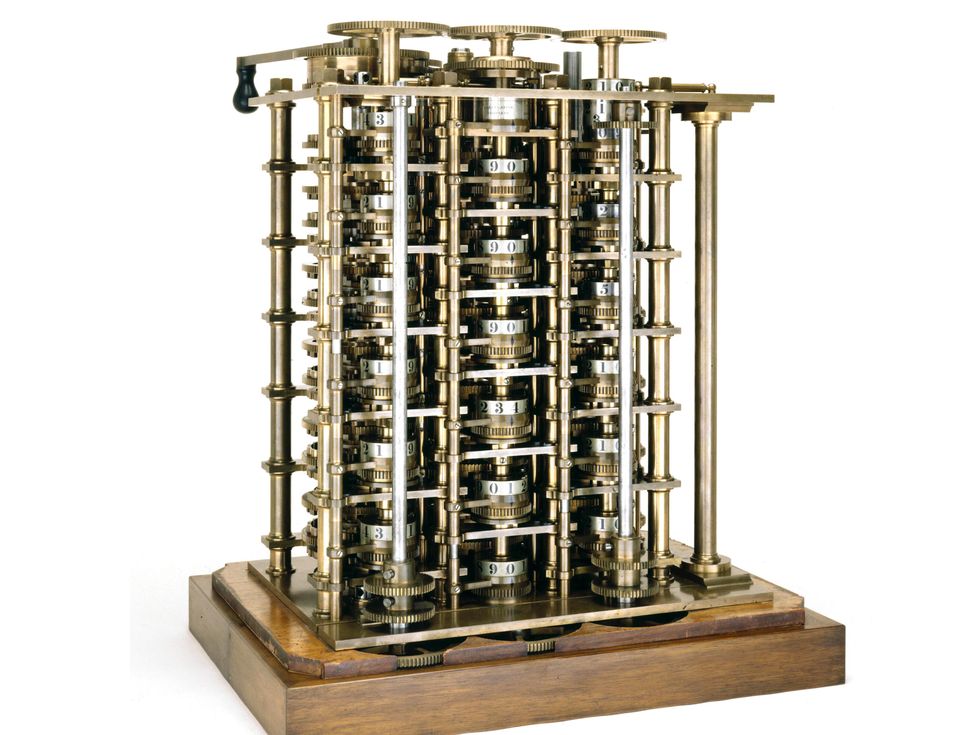The newly-detected ring orbits at 7.4 radii from Quaoar — much further away from the object than the rings around Saturn.
An artist’s impression of the dwarf planet Quaoar and its ring. Quaoar’s moon Weywot is shown on the left. Image credit: ESA / CC BY-SA 3.0 IGO.
Quaoar is a trans-Neptunian object about 1,100 km (690 miles) in diameter.
Like the dwarf planet Pluto, this object dwells in the Kuiper Belt, an icy debris field of comet-like bodies.
It orbits at 45.1-45.6 astronomical units (AU) from the Sun and has an orbital period of 284.5 years.
Quaoar was discovered on June 4, 2002 by California Institute of Technology astronomers Michael Brown and Chadwick Trujillo using images from the Palomar telescope.
Also known as 2002 LM60, it has one known moon, Weywot, that orbits at 24 Quaoar radii.
Discovered on February 22, 2007, Weywot has a diameter of about 80 km (50 miles).
“Planetary rings are observed not only around giant planets, but also around small bodies such as the Centaur Chariklo and the dwarf planet Haumea,” said University of Sheffield’s Professor Vik Dhillon and colleagues.
“Up to now, all known dense rings were located close enough to their parent bodies.”
“What makes the ring system around Quaoar remarkable is that it lies at a distance of over seven planetary radii — twice as far out as what was previously thought to be the maximum radius according to the so-called Roche limit, which is the outer limit of where ring systems were thought to be able to survive.”
“For comparison, the main rings around Saturn lie within three planetary radii.”
“This discovery has therefore forced a rethink on theories of ring formation.”
This false-color image, taken at 00:06 UTC on July 14, 2016 by NASA’s New Horizons spacecraft, shows the Kuiper Belt object Quaoar. This composite image includes 24 individual LORRI images. In addition to many background stars, two galaxies (IC 1048 and UGC 09485) are also visible in this image. Image credit: NASA / Johns Hopkins University Applied Physics Laboratory / Southwest Research Institute.
The discovery was made using ESA’s space-based telescope Cheops and a collection of ground-based instruments, including the high-speed camera HiPERCAM on the 10.4-m diameter Gran Telescopio Canarias on La Palma.
The ring is too small and faint to see directly in an image. Instead, the astronomers made their discovery by observing a stellar occultation, when the light from a background star was blocked by Quaoar as it orbits the Sun.
The event lasted less than a minute, but was unexpectedly preceded and followed by two dips in light, indicative of a ring system around Quaoar.
“It was unexpected to discover this new ring system in our Solar System, and it was doubly unexpected to find the rings so far out from Quaoar, challenging our previous notions of how such rings form,” Professor Dhillon said.
“The use of our high-speed camera — HiPERCAM — was key to this discovery as the event lasted less than one minute and the rings are too small and faint to see in a direct image.”
“Everyone learns about Saturn’s magnificent rings when they’re a child, so hopefully this new finding will provide further insight into how they came to be.”
“What is so intriguing about this discovery around Quaoar is that the ring of material is much farther out than the Roche limit,” said Dr. Giovanni Bruno, an astronomer at INAF’s Astrophysical Observatory of Catania.
“This is a mystery because according to conventional thinking, rings beyond the Roche limit will coalesce into a small moon within just a few decades.”
“As a result of our observations, the classical notion that dense rings survive only inside the Roche limit of a planetary body must be thoroughly revised.”
“Early results suggest that the frigid temperatures at Quaoar may play a role in preventing the icy particles from sticking together but more investigations are needed.”
The findings appear this week in the journal Nature.
_____
BE Morgado et al. 2023. A dense ring of the trans-Neptunian object Quaoar outside its Roche limit. Nature 614, 239-243; two: 10.1038/s41586-022-05629-6
Note: This article have been indexed to our site. We do not claim legitimacy, ownership or copyright of any of the content above. To see the article at original source Click Here















